
What every man needs to know
The reality may surprise you: One in three men have experienced domestic violence, according to The National Intimate Partner and Sexual Violence Survey from the Centers for Disease Control and Prevention (CDC). Expanding your knowledge of what domestic abuse is, what it looks like, and the trauma it causes can help you get help if you need it or come to the aid of someone going through it.
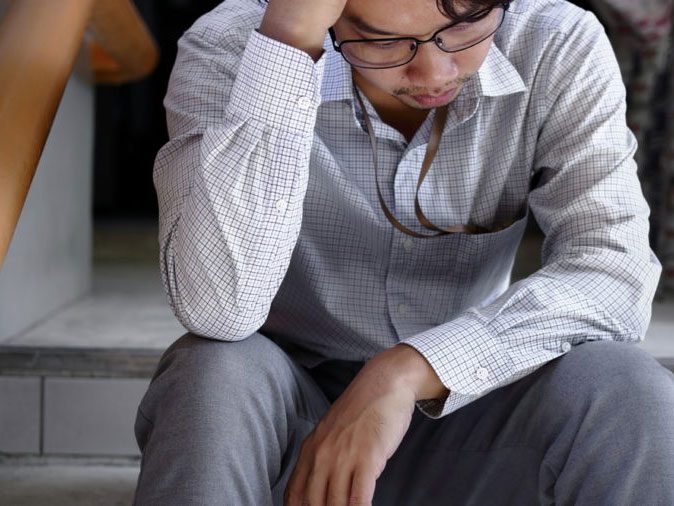
Men are victims, too
We’re conditioned to believe that it’s women who are always victims, but that’s not true. Just about half of all men in the US report that their intimate partner has been psychologically aggressive, according to the National Domestic Violence Hotline. And one in seven men has suffered “severe physical violence” from a partner.

It happens at young ages
Young males are at the highest risk for domestic violence, according to the CDC’s report. More than half of the men who were victims of sexual or physical violence or stalking by a partner were under 25 years old.
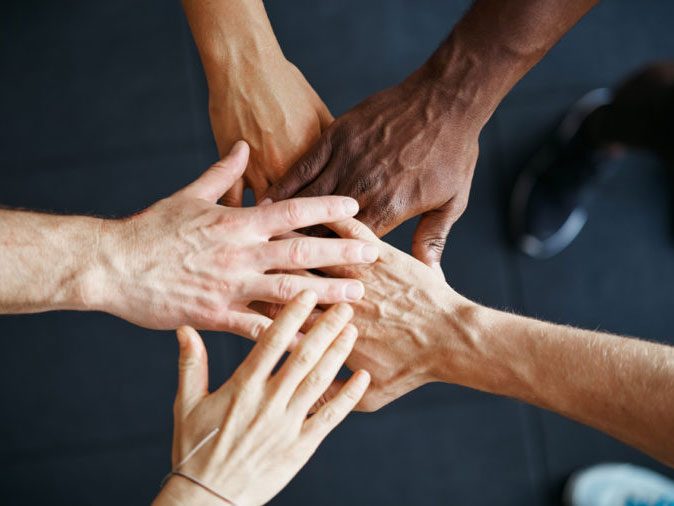
You can find help
If you’re a man and experiencing violence in your relationship, there are places to go for support. “A man deserves help just as much as a woman. Most agencies are still called ‘women’s centers,’ so men don’t know that there are resources out there for them,” says Ashley Bendiksen, a certified abuse prevention activist and domestic violence survivor. (Here are some things most people don’t realize about domestic violence.)

There needs to be better care
Men need to know help is available—though male victims are still underserved when it comes to support, according to a systematic review of 12 studies that was published in BMJ Open. The study authors recommended increased advertising for available programs and that the programs do a better job of addressing men’s needs, building trust, and arranging follow-up care; they also pointed out that men and women should be able to choose the support staff they feel most comfortable with.
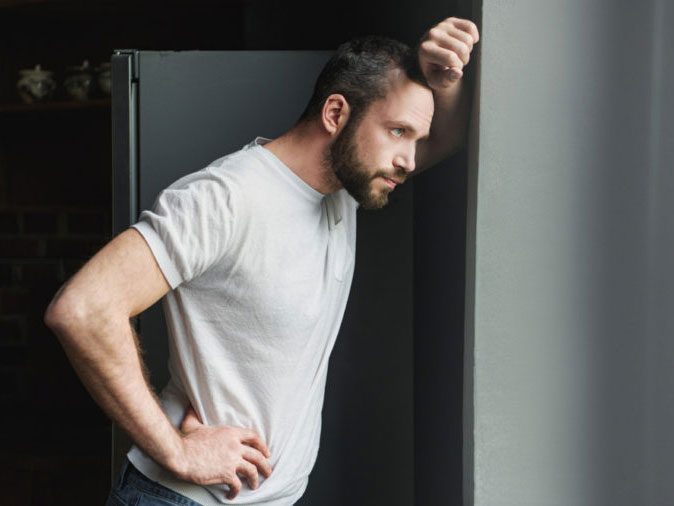
It can be the catalyst for many struggles
Problems can extend far beyond the relationship. “Often an abusive relationship can result in other chronic mental health struggles, including depression, anxiety, substance abuse issues, eating disorders, and self-harm,” says Bendiksen. In addition, productivity at work could go down. “People fail to realize that a bad relationship can be a root cause for a lot of other challenges in life. It’s emotionally exhausting,” she says.
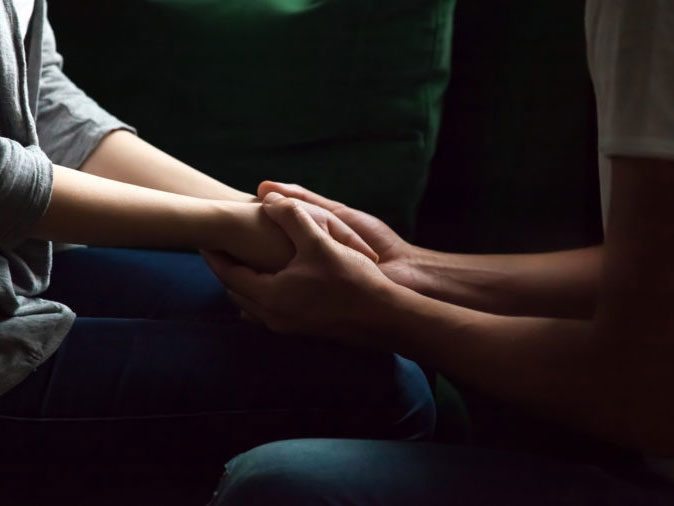
Yes, you should step in
There’s a prevailing thought that domestic abuse is a private matter between two people. And that’s why, despite the fact that one in five men reported witnessing a man be abusive or harassing a woman—but just 10 percent reported it to the police, per a 2016 report from the Alberta Council of Women’s Shelters (ACWS).

Yelling is unacceptable
When arguments get heated, do you yell or scream at your partner in order to intimidate them? Just one-quarter of men from the Canadian report said that yelling at their partner was a form of violence, and more than half didn’t consider the action serious. Yet, yelling is a form of violence, the ACWS says.
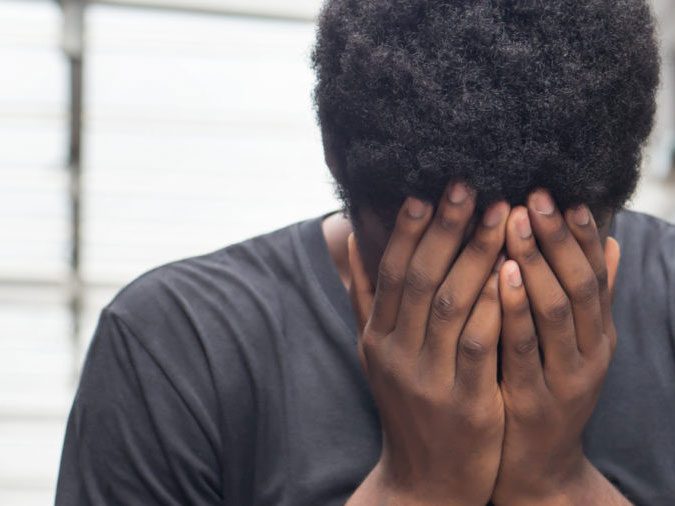
There are many different types of abuse
Everyone should know that domestic violence is more than physical abuse, says the National Domestic Violence Hotline. It’s emotional, sexual, financial, and even minimizing said abuse. “Any type of violation against one’s personal space or well-being is violence,” says Ruth Glenn, president/CEO of the National Coalition Against Domestic Violence (NCADV). (Check out how these three women turned their stories of abuse into ones of empowerment.)
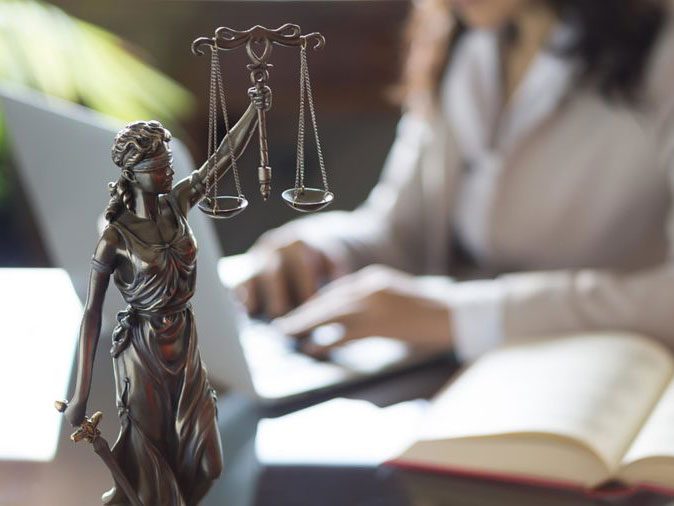
System abuse is a more recognized problem
One form of abuse is “system abuse,” says Glenn. This is when the abuser uses the legal system against the victim by appearing to be the calm, rational party, she explains. “They’re using a court system or the police to maintain control,” she says. This can trap a victim—the abusive spouse can say: You can call the police, but they won’t believe you or you look hysterical, no one will take you seriously.

Technology is making it easier
Partners can keep tabs on each other at all times. “Technology has added another layer of abuse by allowing people to monitor where their partner is,” says Bendiksen. Obsessively tracking a partner is also a form of abuse, she stresses. Plus, pay close attention to these warning signs of a potentially abusive realtionship.

Not all victims know they are
Just because a person doesn’t call their treatment abuse doesn’t mean they’re not being abused. “I’m a survivor myself and when I first heard the words ‘domestic abuse,’ I didn’t think it was me. Then, I began to put the pieces together. We might know something’s wrong but don’t realize what’s really going on until someone puts a name to it for us,” says Glenn. The takeaway: if you think a loved one is being abused, don’t be afraid to speak up. Start with something like I think you might be in trouble. I’m worried about your safety. Have you ever heard of the term domestic violence?
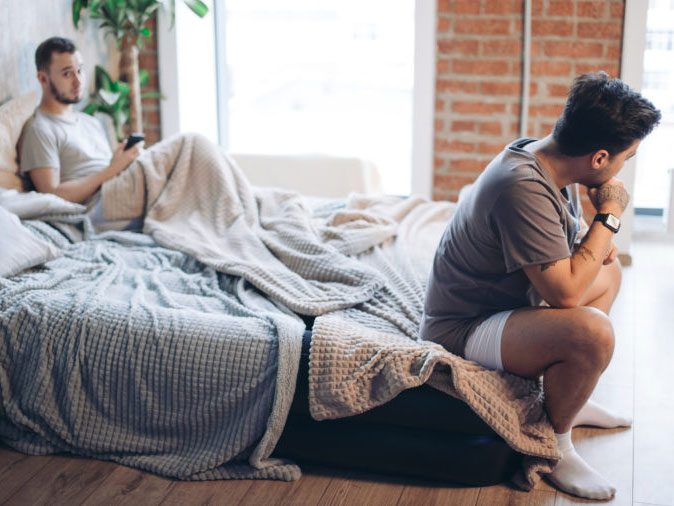
Leaving isn’t easy
Don’t discount a victim just because they haven’t left yet. It’s important to understand that leaving is not an easy decision, even when being abused. “Domestic abuse is about having power and control. When the victim is leaving, it’s the most dangerous time for them because their partner could lash out,” says Bendiksen.
For more information, call the National Domestic Violence Hotline at 1-800-799-7233 or the Gay Men’s Domestic Violence Project at 1-800-832-1901.
Medically reviewed by Ashley Matskevich, MD.
Next, read one woman’s story on why she stayed in an abusive relationship.
